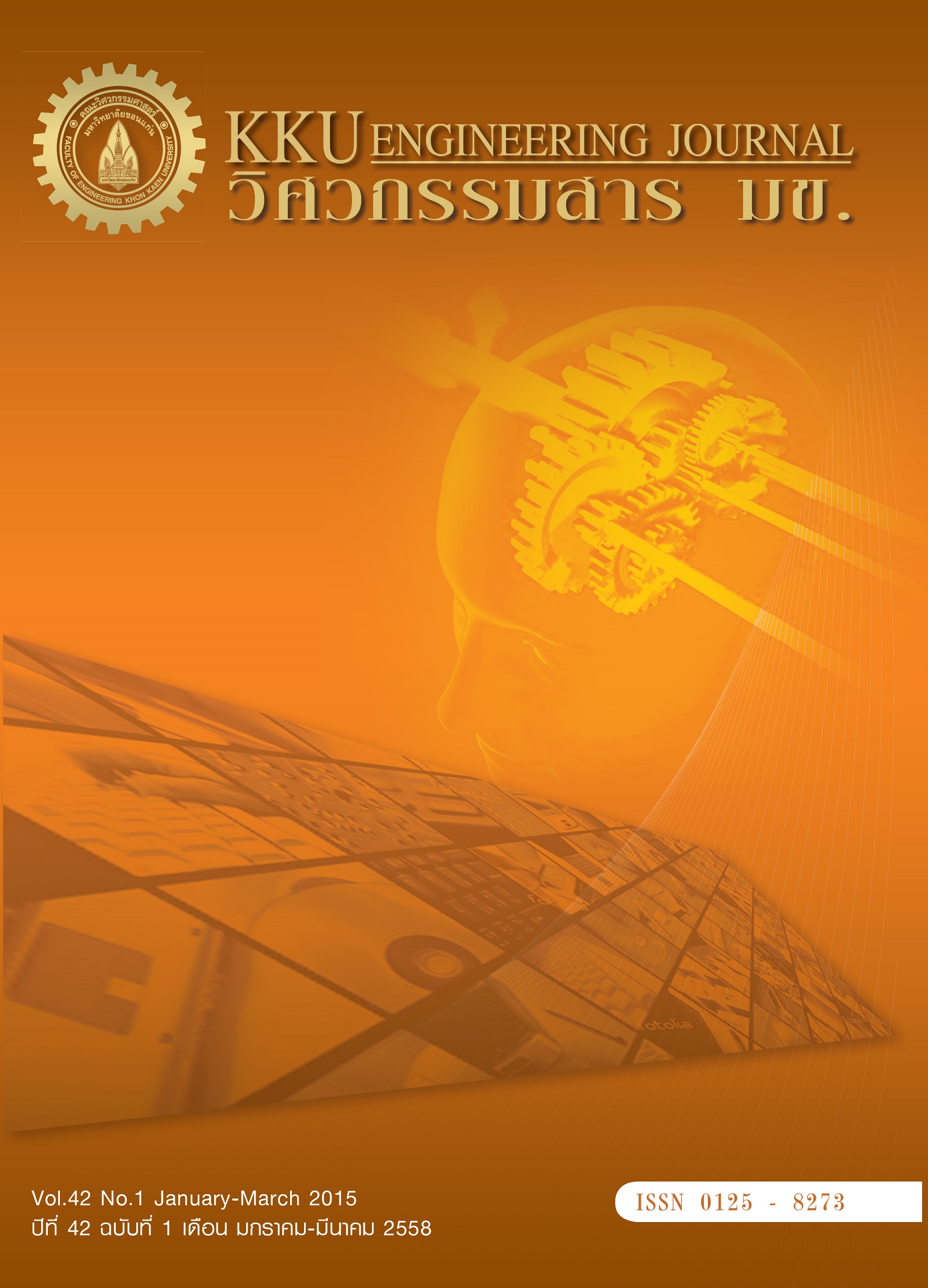A Study on factor affecting surface roughness in turning process of AISI 316L stainless steel by Shainin design of experiment method
Main Article Content
Abstract
Surface roughness on machined part is a key performance index of surface quality for metal machining industry. Selecting an appropriate machining condition is a way to reduce surface roughness. This study aimed to reduce surface roughness by determining the significant factors affecting surface roughness and to obtain the optimal machining condition in turning operation of a stainless steel machine component. The Shainin design of experiment method was used to investigate the effect of f ive machining factors and to determine the optimal machining condition of the significant factors on surface roughness. Furthermore, analyses of scanning electron microscope and optical microscope images were used to investigate the differences of cutting tools, chips, and surface quality of the machined parts between machining conditions under the existing machining condition and the optimal machining condition. The results showed that cutting speed and depth of cut were the significant factors affecting the average surface roughness with the optimal machining condition at the cutting speed of 150 m/min and the depth of cut of 0.8 mm used for reducing the surface roughness.
Article Details
This work is licensed under a Creative Commons Attribution-NonCommercial-NoDerivatives 4.0 International License.



